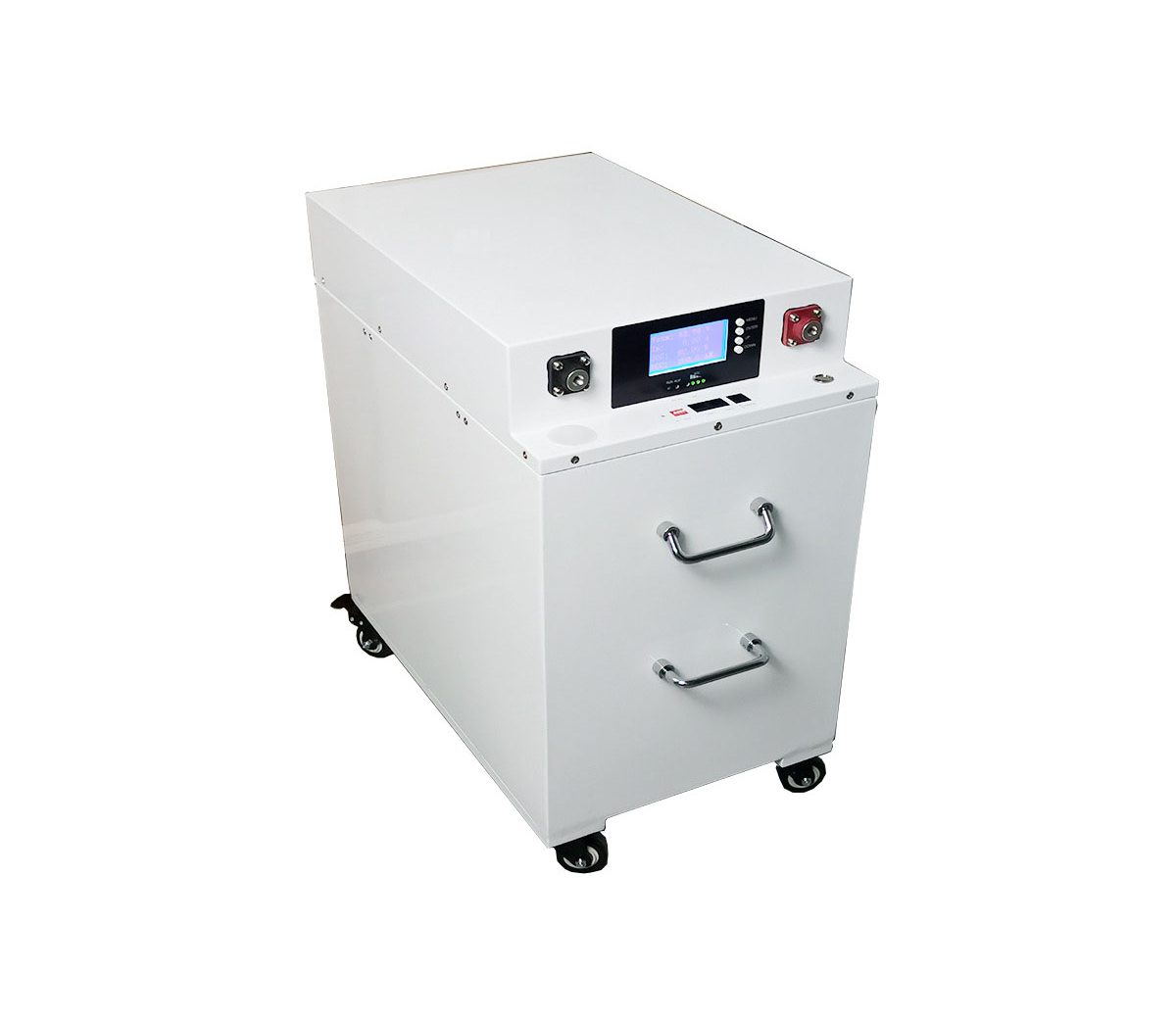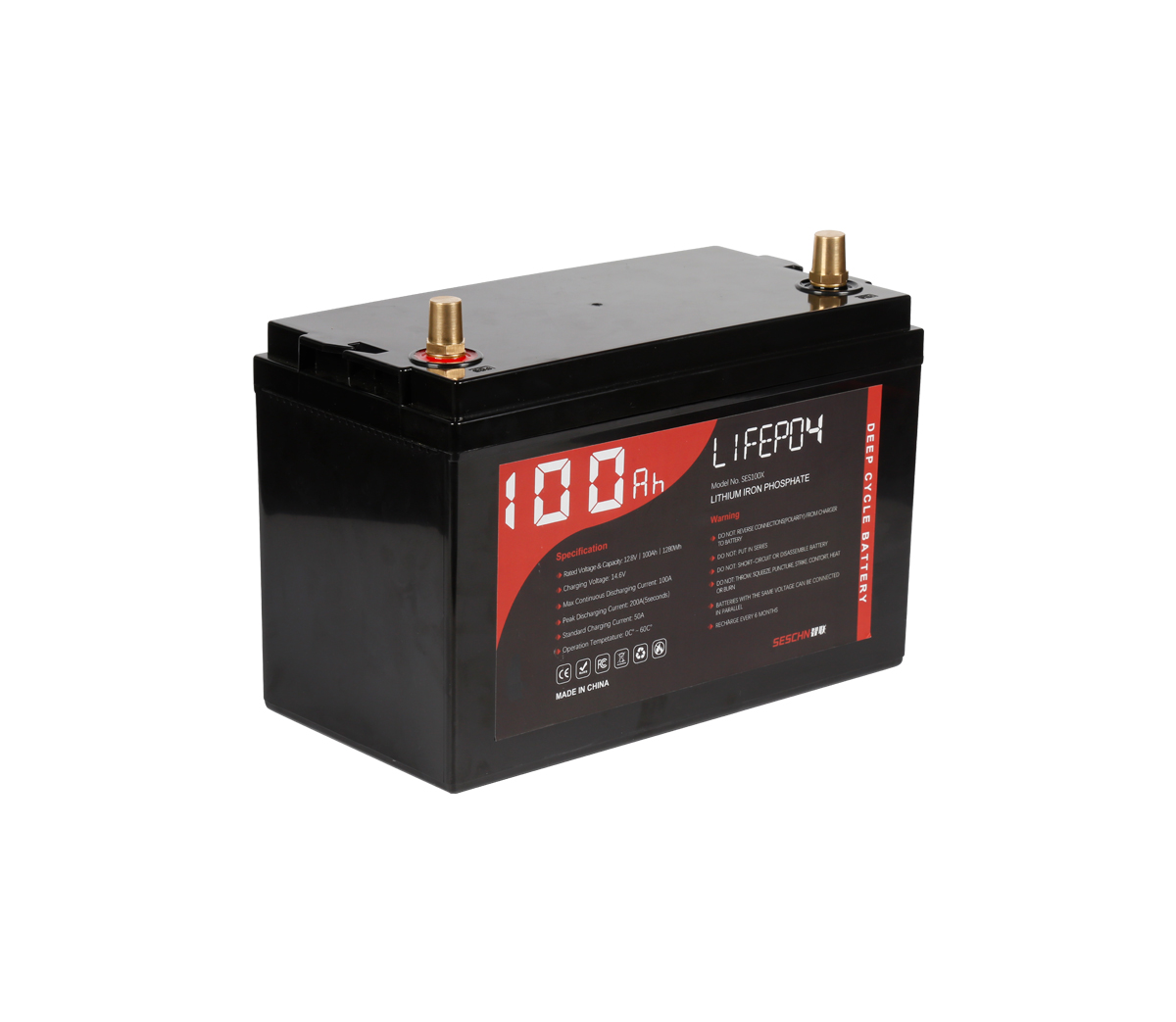The premise background and significance of low-power 12v lithium battery
protection circuit
Due to the high energy density of lithium batteries, in the overcharged
state, the energy will be excessive after the battery temperature rises, so the
electrolyte decomposes to produce gas, which is easy to increase the internal
pressure and cause the danger of spontaneous combustion or rupture; on the
contrary, in the over-discharged state, Decomposition of the electrolyte leads
to deterioration of battery characteristics and durability, reduces the number
of recharges, and shortens the battery life. Therefore, the protection of
lithium batteries is very important. A battery protection chip must be used in
lithium battery applications to prevent overcharge, overdischarge and
overcurrent of the battery.
In summary, the design of lithium battery protection circuit is very
important. However, the lithium battery protection circuit will increase the
additional loss of battery energy and reduce the application time of the
battery, which requires the lithium battery protection circuit to achieve low
power consumption with high accuracy. In addition to basic functions such as
overcharge protection, overdischarge protection and overcurrent protection, a
lithium battery protection chip must also meet the following requirements-this
is also the goal of the chip designed in this article.
(1) Ultra-low power consumption. When the lithium battery protection
circuit is working, the power consumption consumed by it is the loss of the
battery. Therefore, we must minimize the power consumption of the lithium
battery protection circuit.
(2) High-precision voltage detection. In order for the lithium battery
protection circuit to respond correctly to the different working conditions of
the battery, the protection circuit must be able to accurately detect voltage
parameters such as overcharge protection voltage and overdischarge protection
voltage.
(3) It works correctly under a large voltage range. Since the power supply
voltage of the lithium battery protection circuit is the battery voltage, and
the battery voltage can float in a relatively large range, the lithium battery
protection circuit is required to work correctly within this voltage range.
Lithium battery protection circuit scheme
Among the various types of batteries currently in use, lithium batteries
(also known as lithium ion secondary batteries or lithium ion batteries) are a
new type of power source that has only been developed in the past ten years.
Lithium batteries are different from general chemical power sources. The
charging and discharging process of lithium batteries is realized by the
insertion and extraction of lithium ions in the positive and negative electrodes
of the battery. The negative electrode of a lithium battery is a carbon
material, such as graphite; the positive electrode is a lithium-containing
transition metal oxide, such as lithium cobalt oxide (LiC002). In addition, the
positive and negative electrode materials of the lithium battery all adopt the
lithium ion intercalation compound with a layered structure in which lithium
ions can be freely inserted and extracted. The lithium ions between the layers
will undergo electrochemical reactions in an appropriate electrolyte. When
charging, lithium ions are extracted from the positive electrode lattice under
the drive of an external electric field, pass through the electrolyte, and are
inserted into the negative electrode lattice. The process of discharging is just
the opposite. Lithium ions return to the positive electrode, and electrons pass
through the external circuit to reach the positive electrode and recombine with
lithium ions.
Compared with the commonly used nickel-cadmium and nickel-metal hydride
batteries, lithium batteries have many superior characteristics, mainly in the
following aspects:
(1) Lithium batteries have a high power supply voltage, generally 3.6V,
which is about 3 times the voltage of nickel-cadmium batteries and
nickel-hydrogen batteries. For electronic equipment with high power supply
voltage requirements, the number of batteries in series required by the battery
pack can also be greatly reduced. Therefore, the lithium battery used in
combination can easily obtain a higher voltage.
(2) High specific energy, that is, lithium batteries with the same weight
provide higher energy than other batteries. The specific energy of lithium
batteries is generally 2 to 3 times that of nickel-cadmium batteries and
nickel-hydrogen batteries. Therefore, it is conducive to the miniaturization and
weight reduction of portable electronic equipment.
(3) No memory effect. Nickel-cadmium batteries and nickel-metal hydride
batteries have a memory effect and must be discharged regularly, otherwise the
battery will fail due to the memory effect. The lithium battery has no memory
effect and can be charged directly without worrying about the amount of residual
power. In this way, the performance of the lithium battery can be fully
utilized.
(4) Long service life. Lithium batteries use carbon anodes, which do not
generate metal lithium during charging and discharging, which can avoid damage
to the battery due to internal metal lithium short-circuits. At present, the
cycle life of lithium batteries can reach more than 5000 times, which is much
higher than other types of batteries.
(5) The working environment has a wide temperature range, generally it can
work between -30℃ and 0℃, and it has excellent high and low temperature
discharge performance.
(6) Low self-discharge rate. Self-discharge rate, also known as charge
retention rate, refers to how much the battery automatically discharges when it
is not in use. The self-discharge rate of lithium batteries is between 2% and
5%, nickel-cadmium batteries are between 25% and 30%, and nickel-hydrogen
batteries are between 30% and 35%. Therefore, the lithium battery maintains the
longest charge in the same environment.
(7) Lithium batteries do not contain any toxic elements such as mercury and
cadmium, and are truly environmentally friendly batteries.
Based on the above advantages, lithium batteries are widely used in
portable electronic devices. On the other hand, because of its high energy
density, lithium batteries make it difficult to ensure battery safety.
Specifically, in the overcharge state, the electrolyte will be decomposed,
causing the temperature and pressure inside the battery to rise; in the
overdischarge state, the electrolytic material in the negative electrode-copper
will melt and cause an internal short circuit, which will increase the
temperature: When the external circuit is short-circuited or the discharge
current is too large, due to the high internal resistance, the internal power
consumption of the battery increases, and the temperature also rises, which may
cause the oxidation or decomposition of the electrolyte and shorten the life of
the lithium battery. In addition, if the lithium battery is excessively
discharged, the electrolyte in the battery will change, and the number of
rechargeable cycles will be reduced, thereby affecting the service life of the
lithium battery.
Because the lithium battery has the shortcomings analyzed above, a
protection circuit must be added in the application of the lithium battery. The
basic functions of the protection circuit should also correspond to the above
shortcomings, so we require the lithium battery power protection chip to achieve
the following most basic functions: overcharge protection, overdischarge
protection, overcurrent protection, and short circuit protection. According to
the application requirements of the above lithium battery, in order to improve
the service life of the lithium battery and ensure the safe use of the battery,
the lithium battery protection circuit needs to have the following
functions:
(1) If the charging voltage exceeds the maximum allowed by the battery, a
battery discharge circuit can be provided.
(2) If the discharge voltage is lower than the minimum allowed by the
battery, a battery charging circuit can be provided. Cut off the connection
between the battery and the external circuit, and cut off the connection between
the battery and the external circuit, and
(3) If the charge and discharge current of the battery is greater than the
limit value, cut off the connection between the battery and the external
circuit.
(4) When the battery returns to the normal state, the protection circuit
should be able to release the protection state accordingly, so that the battery
can continue to work normally.


































